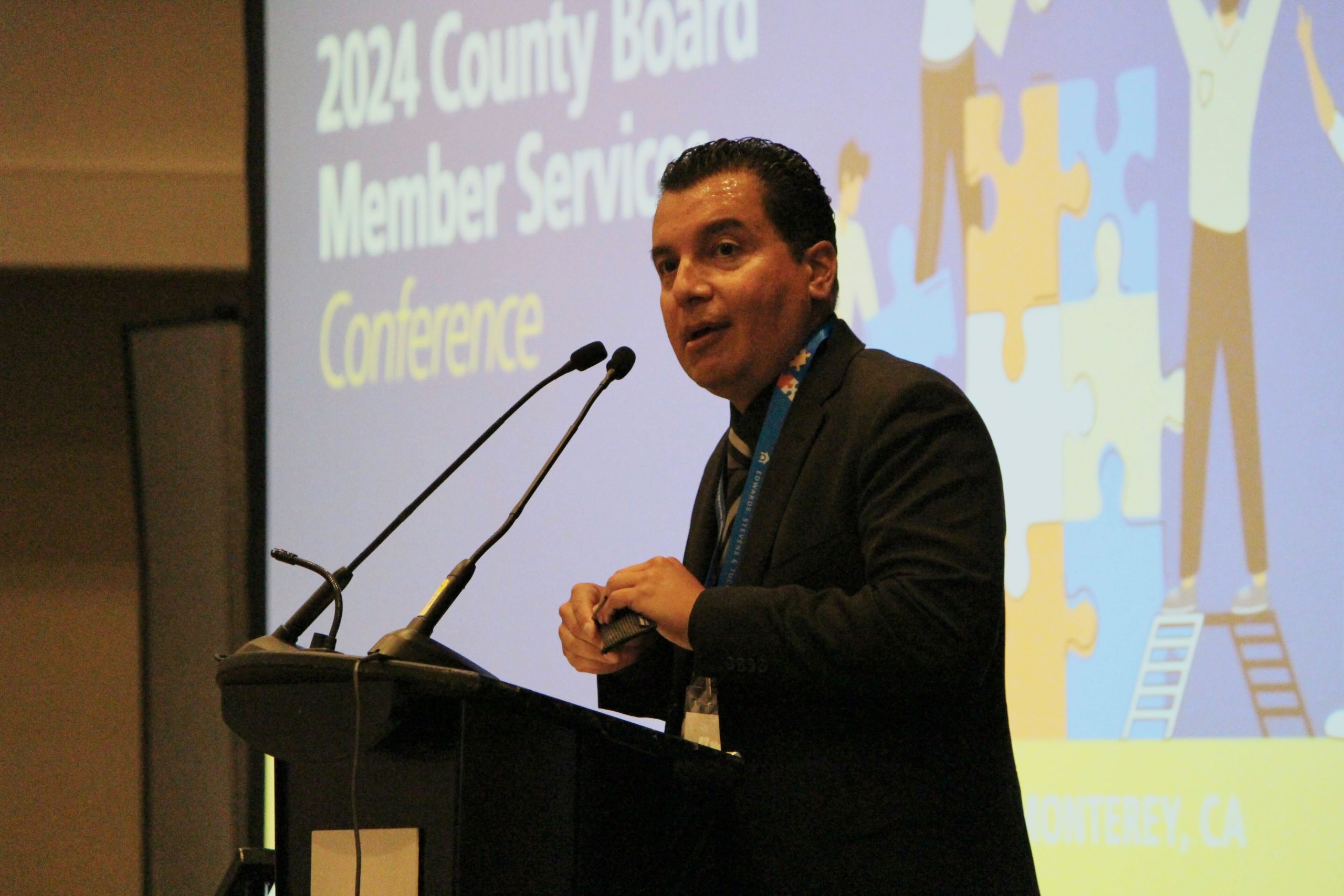By Christopher Maricle, Policy and Programs Officer
It’s that time of year, when boards and superintendents give some thought and energy into fulfilling one of the board’s most critical functions – the superintendent evaluation. It’s through this process that boards practice an important part of their oversight and accountability duties.
CSBA’s Governance Consulting Services consultants often receive calls at this time of year from board members and superintendents asking for sample forms, processes and advice. It’s not uncommon for consultants who engage with boards and superintendents in these discussions to find that they struggle with this process. In many cases, the difficulty is the result of a lack of clarity regarding expectations for performance.
The superintendent evaluation should be directly connected to and aligned with both the district goals and the superintendent’s goals for performance. When those are clear, and the success indicators for the goals are agreed to by both parties, any process the group agrees to can be useful.
If school districts are to be learning organizations, then boards themselves must also be committed to continuous improvement. The superintendent evaluation process is an important time for the board to reflect on the quality and clarity of the goals that they established as a basis for evaluation. Your evaluation process in the spring is an opportunity to improve the effectiveness with which the board and the superintendent set goals that are measurable, achievable and meaningful.
Equally important is the concept proposed by Doug Eadie in his book about the five habits of highly effective boards. The purpose of the superintendent evaluation process is twofold: 1) to improve the performance of the superintendent to effective feedback, and 2) to improve the relationship between the board and the superintendent to a process that builds trust and respect. This highlights the importance of remembering that the manner in which the board conducts its work can have a profound effect on the results.
Many governance teams already have an evaluation process and instruments that work well for them. If those instruments are effectively helping the board monitor progress on district goals, it’s sensible to continue using them. If the governance team is looking for a new format for evaluation, CSBA’s GCS offers this guidance and a sample evaluation instrument to help the board do an effective job of aligning superintendent evaluation with district goals. Also, CSBA holds workshops around the state every spring on board self-evaluation and superintendent evaluation.






Be the first to reply